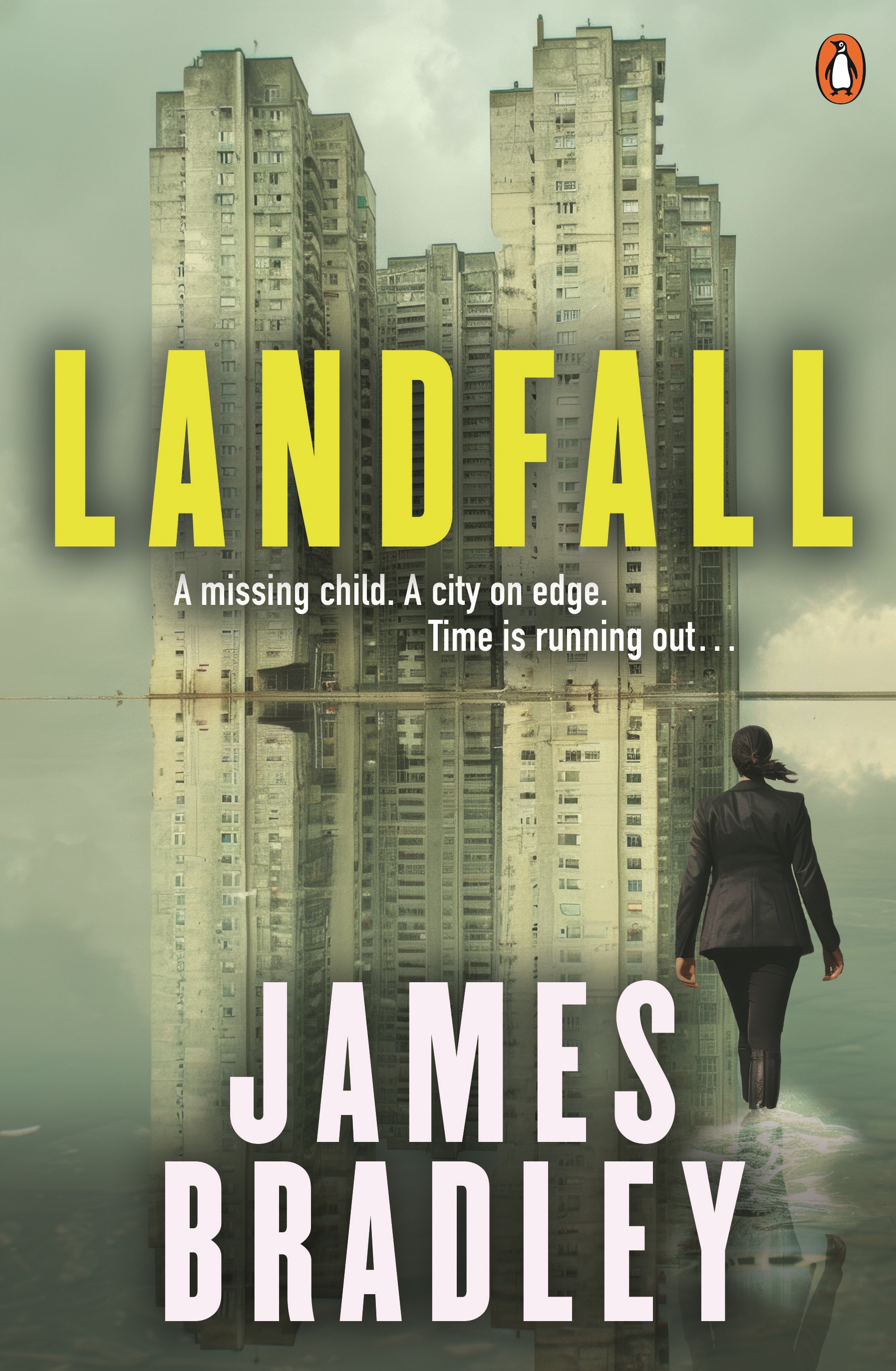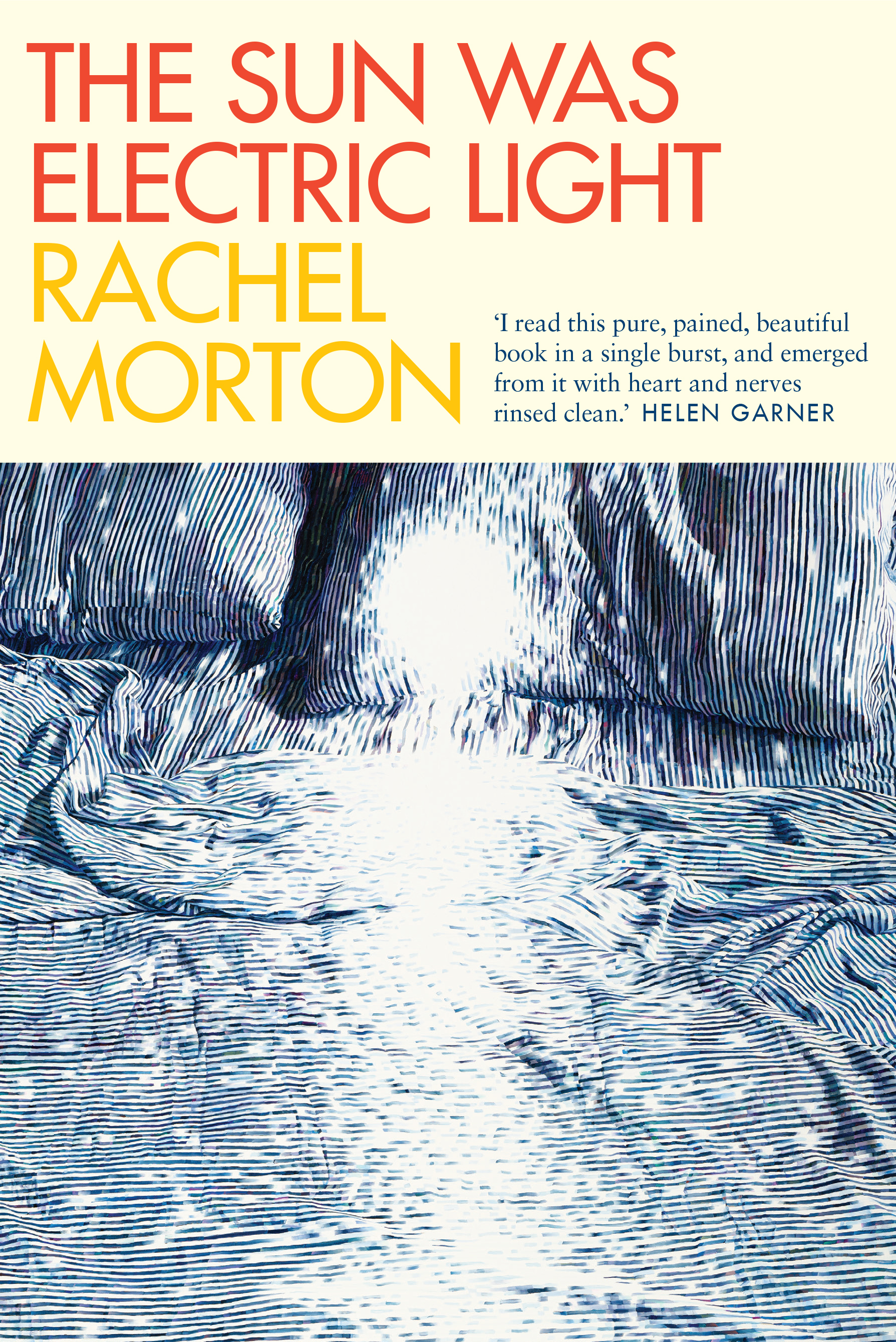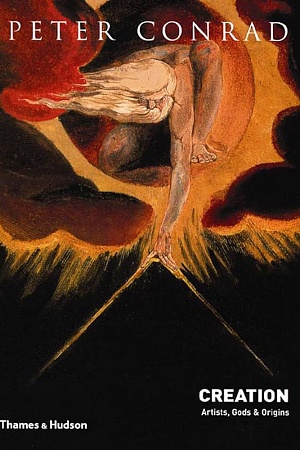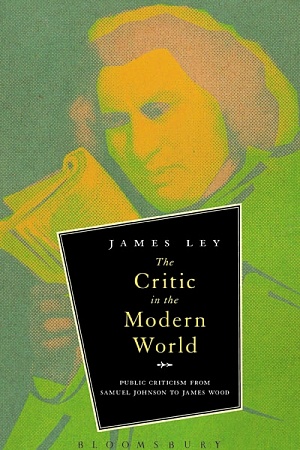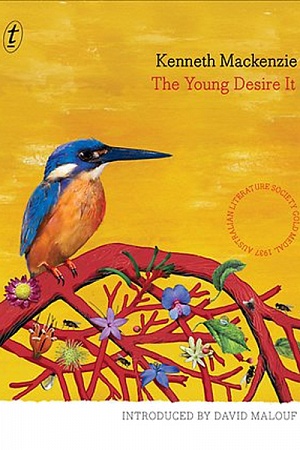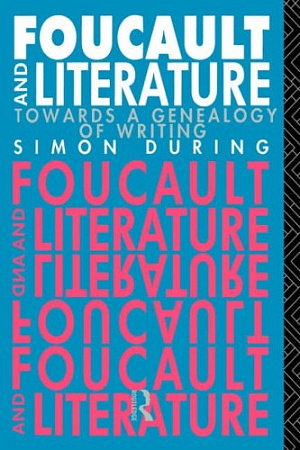'Like a Thief in the Night' by Michelle de Kretser (Afterword to the Text Classics edition of The Suburbs of Hell by Randolph Stow)
My copy of The Suburbs of Hell (1984) is a handsome Heinemann first edition salvaged, like so many treasures, from a remainder tray. The dust jacket features a golden hourglass and type on a sky-blue ground: the colours Fra Angelico favoured for the vaults of heaven. A travel card that served as my bookmark is still tucked away in its pages; the date-punch informs me that I first read the book in October 1985.
Whenever I want to re-read the novel I have difficulty locating it. I know the shelf it sits on – not an especially crowded one – but my eye keeps gliding past the book. When I finally isolate it, the glorious blue and gold always brings a little jolt. I’ve been looking for a black jacket, one that matches my recollection of a devastating tale.
Randolph Stow dedicated his ninth and last novel to William Grono, an old friend from Western Australia, ‘twenty years after “The Nedlands Monster”’. The Nedlands Monster was a serial killer, Eric Edgar Cooke, who murdered eight people in Perth and attempted to murder many more. In one horrific night in 1963 Cooke shot five people, among them the teenage brother of a friend of Stow’s. Stow was out of the country at the time but returned shortly afterwards to a city gripped by rumour and fear. The Suburbs of Hell bears witness to the hold of these events on the novelist’s imagination, as well as to the imaginative alchemy that has transformed a murder hunt into something far more rich and strange.
Continue reading for only $10 per month. Subscribe and gain full access to Australian Book Review. Already a subscriber? Sign in. If you need assistance, feel free to contact us.

